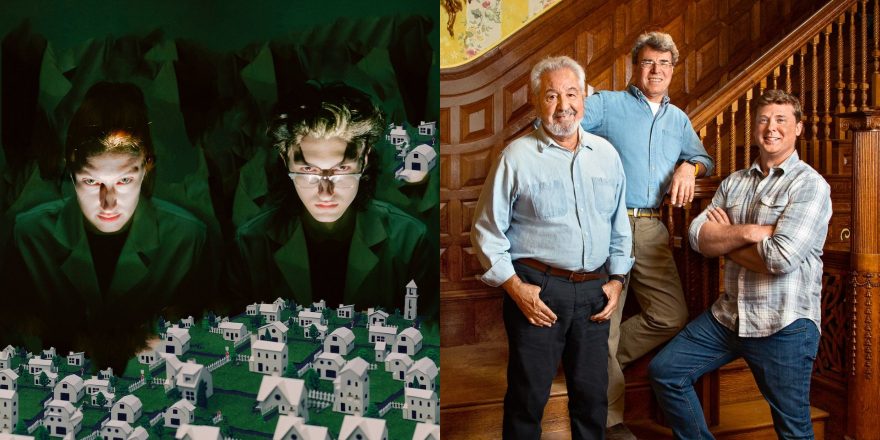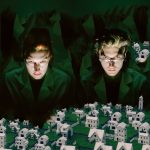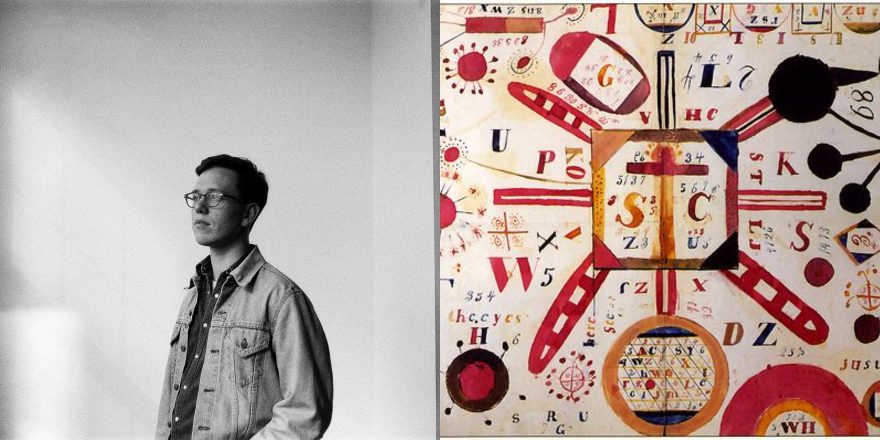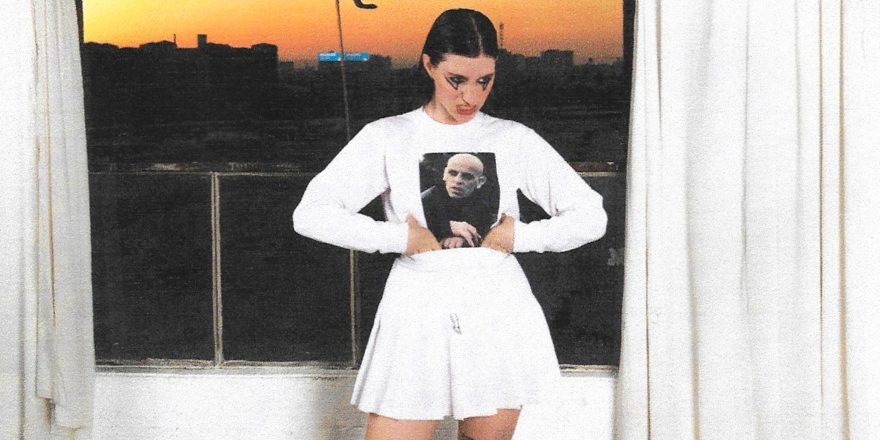The American suburb is a landscape of facades: emerald green lawns, renovated kitchens, orthodontically-adjusted smiles. Such appearances require maintenance, not to mention a commitment to conservative principles — conformity, vigilance, discipline, etc. These values betray the paranoid suburbanite’s truest desires: first, to conceal his own identity, and second, to investigate the motives of those surrounding him.
His third desire, of course, is to watch television. It’s a Saturday afternoon, and he should be fixing the leaky faucet in the kids’ bathroom, but there’s a remote control in his hand, not a wrench. After a long week at his soul-demolishing desk job, what could be more satisfying than a program that remodels his own existence?
This Old House offers a peek into the construction and preservation of this tightly caulked way of life. A show designed to teach suburban viewers how to make their own home repairs, the long-running series (since 1979, PBS has faithfully aired more than one thousand episodes) crafts a peculiar form of entertainment from the utterly mundane and quintessentially suburban task of home improvement.
A typical episode of This Old House follows its hosts — four stocky, middle-aged, white, male contractors — as they visit regular folks looking to modify and fortify their quaint New England homesteads. Once there, one of our experts methodically guides the amateur through a particular process (eg., installing a gutter). He explains the various tools and techniques (how to use a hacksaw to remove excess length, and a chisel to cut out the drain) as well as common mistakes (don’t hang the gutter too high, or else sliding ice could knock it down). Pretty exciting stuff.
While watching someone paint walls may be just slightly more entertaining than watching the paint dry, the substitutional reality of This Old House is strangely seductive. The viewer needs only to glue his eyes to the screen and he can imagine himself glueing a broken drawer instead. This vicarious form of productivity has a dreamlike quality, making even highly ambitious repairs seem achievable with just a few hours and the right attitude. Pass the Doritos — we can retile the kitchen next weekend.
The show also scratches the suburbanite’s more subliminal itch to spy on his neighbor. In the tradition of classic cinema like Rear Window and Blue Velvet, This Old House recognizes the power of the suburban voyeuristic fantasy. Rather than addressing the camera directly, the contractor and homeowner give us a performance. As the expert demonstrates his repair process, the observant layperson asks scripted questions like, “Doesn’t that hurt your chisel?” to which our guide offers practical reassurance: “It sure does, but this is an old, beat-up chisel anyway.” It’s not convincing, or even trying to be, but since we’re entertained by the ordinary lives of others, we accept the absurd presentation.
These performer-craftsmen abound in the suburbs of New England — I am one myself. And while I don’t have many home repairs to do (I made my escape to New York City several years ago), I face my own set of creative challenges as a songwriter and producer.
It mostly boils down to this: The sheer boringness and insularity of a show like This Old House, and likewise, my own upbringing, is something I wouldn’t dare offer up to others as entertainment. This is a problem because, for whatever reason, the songwriter is expected to broadcast his life story to the world. So I resort to my own presentations, building stories from the perspectives of odd characters and singing them in unnatural styles. Conveniently, the theme of suburbia happens to offer a large cast of stand-ins: the High School Quarterback, the Boy Next Door, the Party Animal. Inhabiting and exaggerating these characters comes naturally to the suburbanite programmed to observe and emulate.
Unfortunately, the characters aren’t enough — after all, the exposure of my soul is at stake. So much like the diligent hosts of This Old House, I’ve developed a fastidious impulse in my approach to sound design. The goal is to construct an elaborate alternate reality, a sort of audiovisual facade: the sounds of dogs barking, windows shutting, pencils scribbling. The layering of these textures creates an illusion, immersing the audience in an uncanny world. Behind this wall of detail, I am able to hide my own self… or lack thereof.
But the apprehensive artist can’t hide forever. The obfuscation reveals a certain vulnerability, which defeats the purpose. Professing his own emptiness doesn’t help either: clearly, just another wall behind the wall. What is he hiding — or hiding from — after all? For as much time as he spends studying his subjects, there’s a reality to face: he himself is merely one of them. Watching, and being watched.






